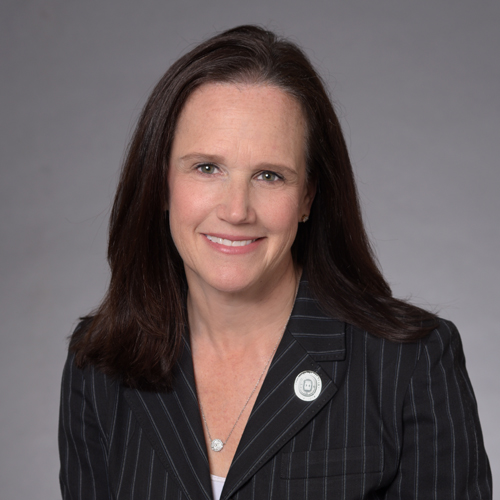Message from the President
Jill M. Baren M.D.
According to the Association of American Medical Colleges, research shows that a diverse medical workforce "leads to improvements in access
to care for the underserved, enhances learning environments that increase creativity and innovation for all students, and positive patient experiences and health outcomes."  Diversity is especially important for
emergency physicians, as we care for all people, regardless of gender, race, ethnicity, economic or social status, or sexual orientation. Patients, who are often at their most vulnerable in the emergency department, can be put at ease when they see
that department personnel reflect who they are. And not only does a diverse emergency department workforce lead to more competent care and better patient outcomes, it also expands our understanding about our colleagues.
Diversity is especially important for
emergency physicians, as we care for all people, regardless of gender, race, ethnicity, economic or social status, or sexual orientation. Patients, who are often at their most vulnerable in the emergency department, can be put at ease when they see
that department personnel reflect who they are. And not only does a diverse emergency department workforce lead to more competent care and better patient outcomes, it also expands our understanding about our colleagues.
This sentiment has been echoed throughout the Emergency Medicine (EM) community. Most, if not all, membership societies have a section, committee, or board-directed initiative that relates to fostering diversity and inclusion, ranging from how to encourage
medical students to enter EM, to mentoring programs, to exploring the effects of race and gender in the emergency department, to actively encouraging participation in society leadership.
ABEM recognizes that as an organization, it too, should reflect the population of ABEM-certified physicians. When electing members, the Board highly values physicians who bring diversity of thought, geography, practice setting, gender, ethnicity, and
expertise to the table. The composition of the current Board is 29 percent women and 25 percent people of color. This compares favorably to approximately 25 percent and 22 percent, respectively, in the current EM physician workforce. Three of the
five members of our Executive Committee are women, and six of the eight ABEM staff leadership positions are filled by women. However, we should not just pat ourselves on the back for these achievements, we must continue to be diligent and monitor
the data regularly. To that end, I have convened a Diversity and Inclusion Task Force, which is charged with examining our practices at all levels of the organization.
ABEM believes that both board-eligible and board-certified physicians should be afforded the same considerations in their certification and continuing certification activities. With that at the forefront, several years ago, ABEM instituted regular panels
to review each of its high-stakes EM examinations to evaluate if flagged questions or cases might be biased or unfair. If this process reveals that bias or unfairness is present, those test materials are either rewritten or deleted. The Diversity
and Inclusion Task Force will also examine if additional activities could be undertaken to further ensure inclusion.
While we have seen gains, we feel we can always do better to reflect more broadly the patients we serve. The Diversity and Inclusion Task Force will specifically elucidate how we can foster a more diverse Board and assess how to encourage female physicians
and those of color to prepare for ABEM leadership by encouraging these physicians to become ABEM volunteers. In the end, ABEM believes the decisions it will make going forward will include a broader spectrum of cultures, perspectives, and opinions—one
that reflects both you and our patients.